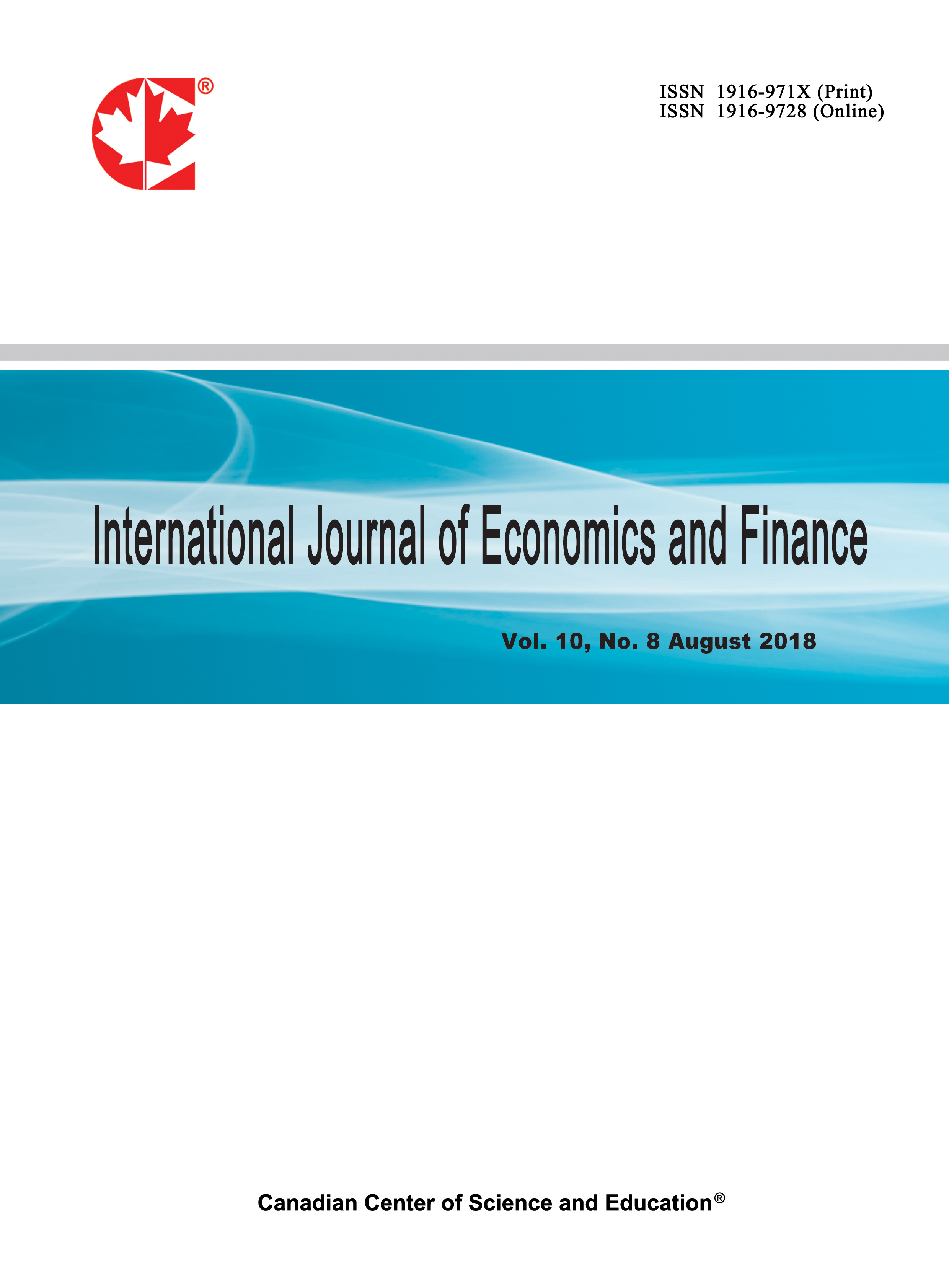Estimation of the Market Competitiveness of Kelp by Municipality in Hokkaido
- Kunie Mori
- Mototsugu Fukushige
Abstract
Japanese cuisine, “konbu” (kelp) is an essential ingredient as a raw material for dashi and other Japanese foods. Nine types of kelp are harvested in Japan and the type and use vary by region, including “Rausu konbu” or “Rishiri konbu,” which are named after the harvest location, and traded under their brand name. Even in other areas, kelp is currently competing with the region as a de facto brand. Although kelp from different regions is not completely substitutable, there is competition in each region for a given kelp type. In this paper, based on price and production volume data of 20 municipalities in Hokkaido, which produces more than 80% of total kelp production in Japan, we estimate the competitiveness of each region, using a discrete/continuous model. The results of the analysis reveal that not only well-known brands such as “Rausu konbu” and “Rishiri konbu” but also some areas with large production volumes, have a degree of competitiveness that is not affected by annual fluctuations of production volumes. This tendency is confirmed by the stability of market competitiveness even in subsamples of the sample period. In some areas, due to a decrease in prices and increased production, a slight change in competitiveness occurred.
- Full Text:
 PDF
PDF
- DOI:10.5539/ijef.v17n4p1
Journal Metrics
Index
- Academic Journals Database
- ACNP
- ANVUR (Italian National Agency for the Evaluation of Universities and Research Institutes)
- Berkeley Library
- CNKI Scholar
- COPAC
- Copyright Clearance Center
- Directory of Research Journals Indexing
- DTU Library
- EBSCOhost
- EconBiz
- EconPapers
- Elektronische Zeitschriftenbibliothek (EZB)
- EuroPub Database
- Genamics JournalSeek
- GETIT@YALE (Yale University Library)
- Harvard Library
- Harvard Library E-Journals
- IBZ Online
- IDEAS
- JournalTOCs
- LOCKSS
- MIAR
- NewJour
- Norwegian Centre for Research Data (NSD)
- Open J-Gate
- PKP Open Archives Harvester
- Publons
- RePEc
- ROAD
- Scilit
- SHERPA/RoMEO
- SocioRePEc
- Standard Periodical Directory
- Technische Informationsbibliothek (TIB)
- The Keepers Registry
- UCR Library
- Ulrich's
- Universe Digital Library
- UoS Library
- ZBW-German National Library of Economics
- Zeitschriften Daten Bank (ZDB)
Contact
- Michael ZhangEditorial Assistant
- ijef@ccsenet.org
